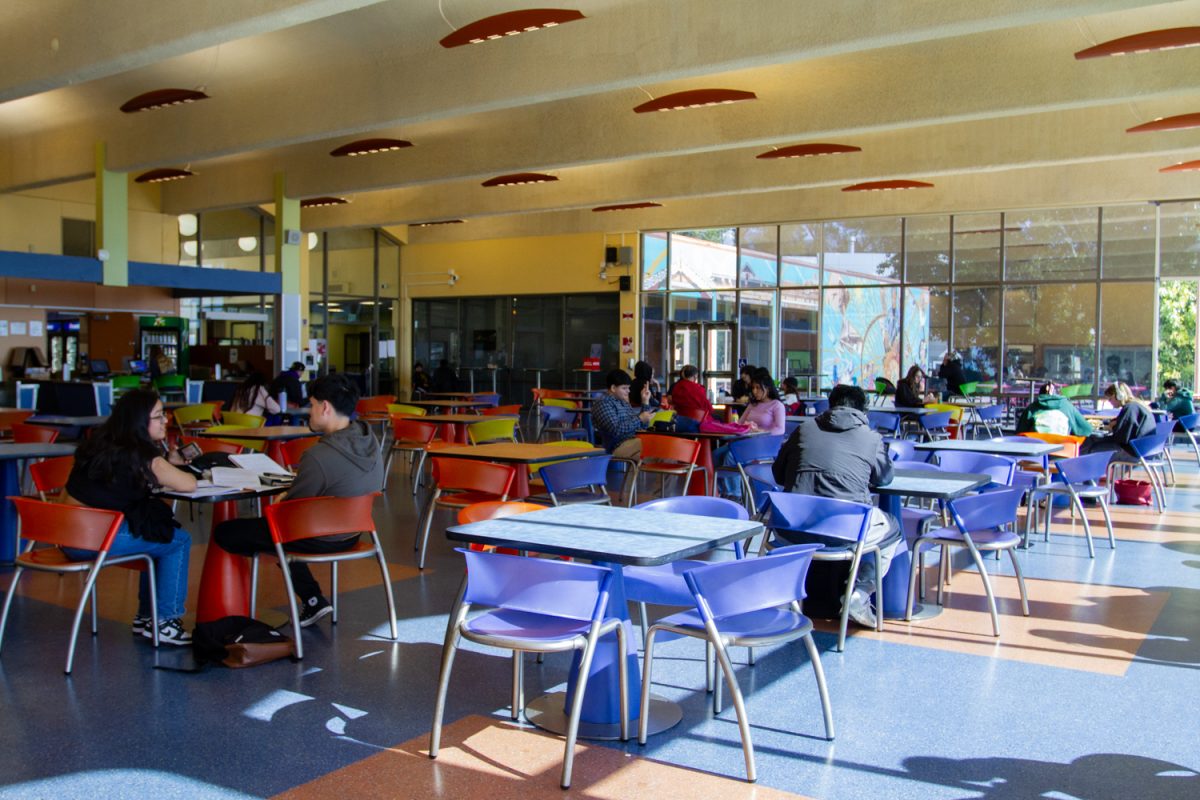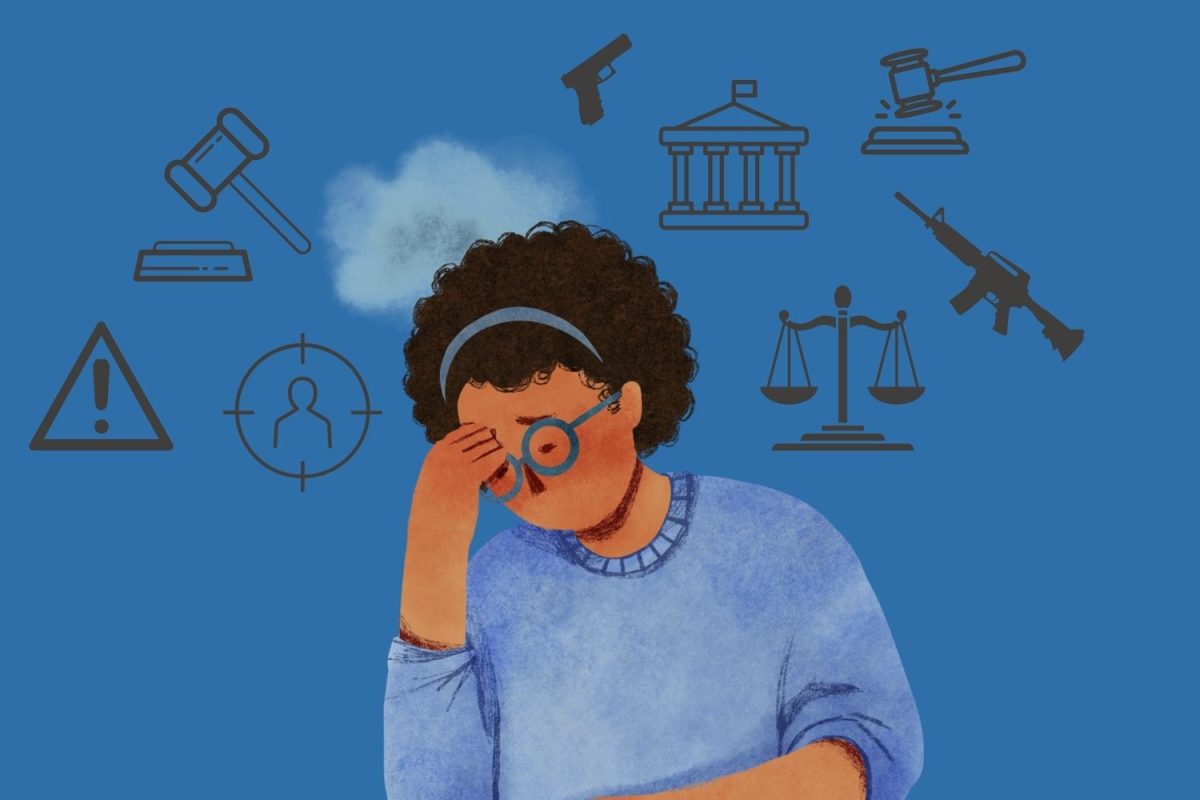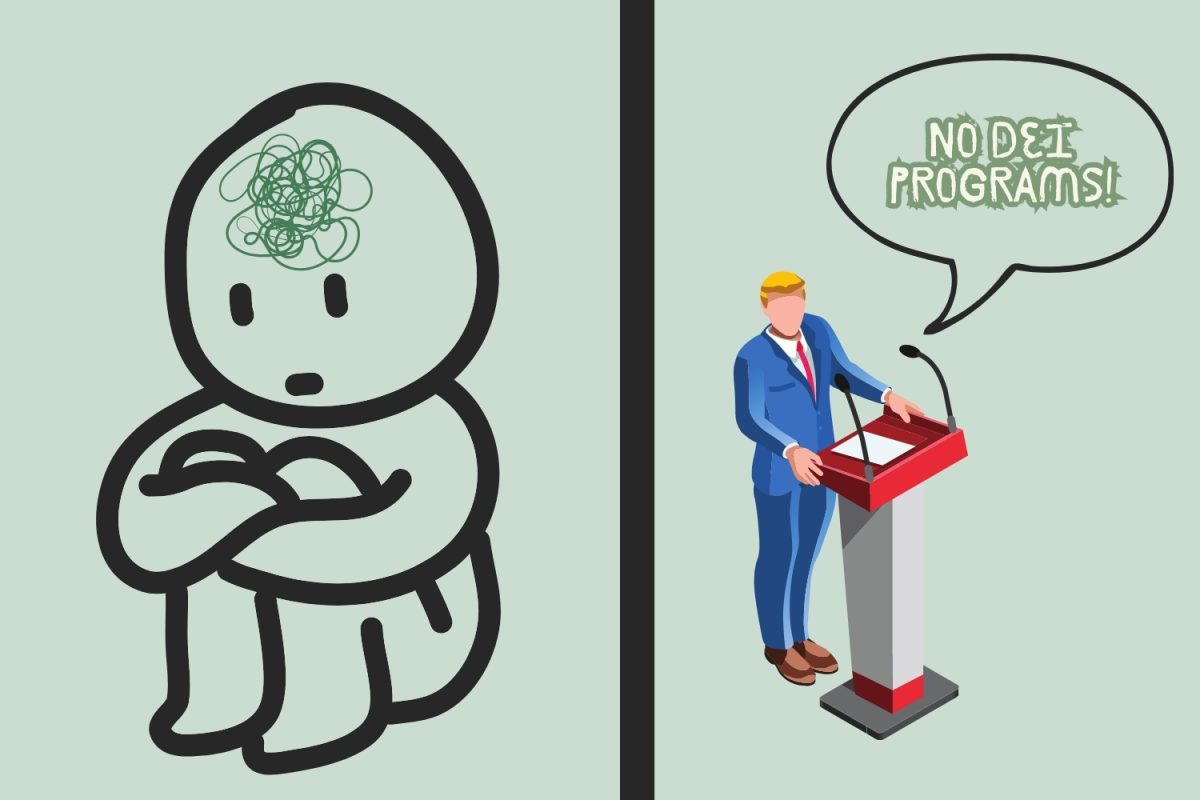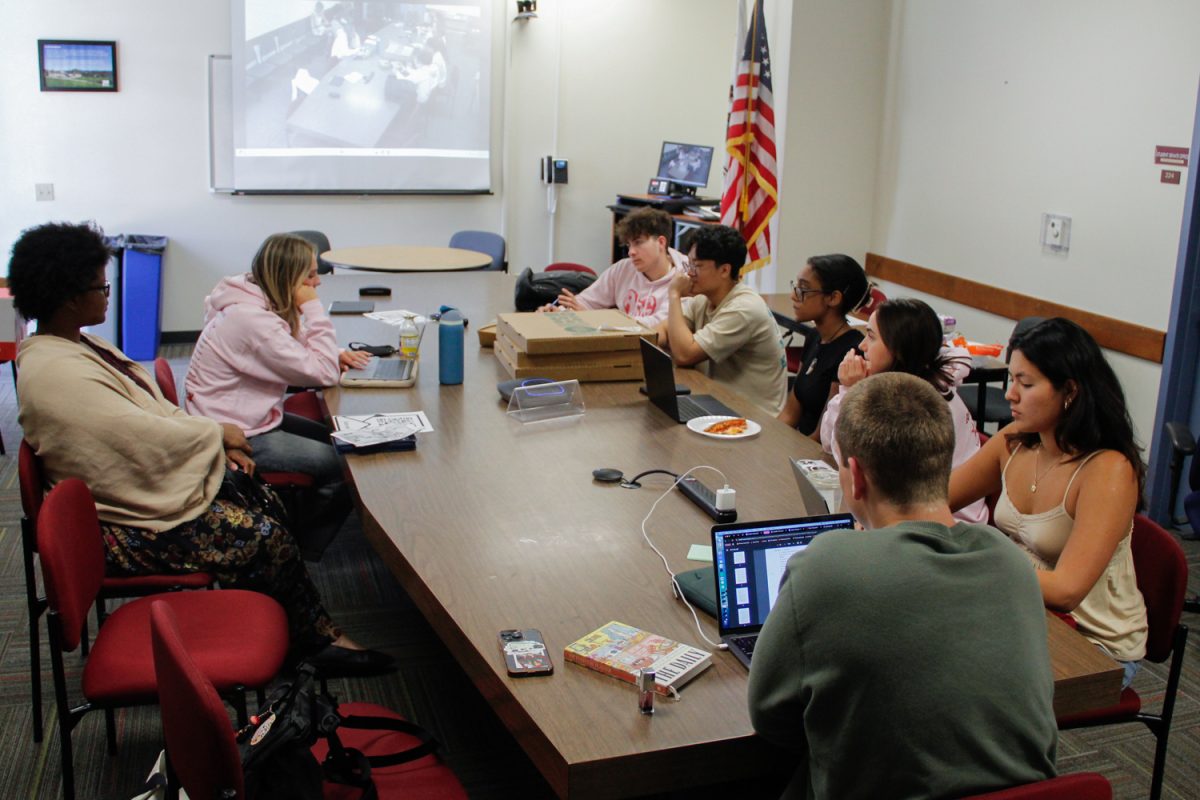COVID-19 has been an ever-present aspect of life for about a year now. The virus turned simple things like grocery shopping or spending time with friends and family into tedious endeavors that need painstaking planning just to stay clean and avoid infection risks. California has implemented safety mandates and guidelines in order to combat the rise of the virus. Some say these measures have worked to keep us safe. Others think these steps only caused confusion and harm to the economy, and that they should be abolished. Should California lighten up on COVID-19 public safety measures, or are these mandates exactly what we need right now?
 Kiki Reyes, Staff Writer
Kiki Reyes, Staff Writer
When everything first shut down I craved an order of “The Ultimate” mac cheese with—extra hot cheetos—and a warm Nutella waffle straight from the window of the Santa Barbara comfort food spot, Mac N Cheese After Dark.
What was once a tasty highlight after a lively night on State Street was suspended in the uncertainty of our local economy. I would drive past it a few times a week to make sure this window was not shut down forever.
California should ease restrictions for the sake of our economy and our sanity. The COVID-19 relief package is still being debated.
Santa Barbara businesses have been suffering since the 2017 Thomas Fire and the 2018 Montecito Mudslides. Many Santa Barbara residents have noticed an increase in businesses closing and are now trying to save their local favorites.
From a statewide perspective, we can understand that these regulations are set to protect people from COVID-19. However, without any state or local assistance it’s difficult to keep businesses alive and people employed.
Many Californians are being forced to rely on food and financial assistance. A recent $600 stimulus check was not enough funds for essentials such as groceries and monthly rent in California.
We are “flattening the curve” once again with a recent statewide decrease in hospitalization rates and vaccine distributions.
The regional stay-at-home order that was mandated statewide on December 6th, 2020 ended on January 26th, 2021. Despite backlash from health officials, statistics are highlighting the positive impact the order achieved.
“California as a whole is moving in the right direction with decreasing hospitalizations and case counts. Now more businesses will be able to open in Santa Barbara,” said Santa Barbara County Public Health Officer Dr. Henning Ansorg.
COVID-19 is something we will have to live with for years to come and the shortage of vaccines is a little discouraging. Yes, the sense of uncertainty is frightening, but we also cannot let this fear affect our livelihood.
These public safety orders have been beneficial, but it has not been easy in regards to financial and mental stability. Eventually, businesses will have to remain open as they should.
 Heidi Hutton Rigoli, Staff Writer
Heidi Hutton Rigoli, Staff Writer
Coronavirus lockdowns and stay-at-home orders have had an economic and emotional toll on everyone, but they’ve also saved lives.
Some people suggest we should lift the restrictions. I disagree.
I feel bad that restaurants and other businesses are losing money, but I’m also concerned about numerous reports of workers who have tested positive.
In July, three Coronado restaurants temporarily closed when workers tested positive. In December, 80 employees of In-N-Out restaurants in Colorado tested positive.
Some suggest herd immunity through exposure is the answer. The idea goes that if a large part of the population is exposed to the disease, then it becomes immune to it.
The World Health Organization (WHO) states, “herd immunity against COVID-19 should be achieved by protecting people through vaccination, not by exposing them to the pathogen that causes the disease.”
Grocery stores, restaurants, hair and nail salon workers are not always 100% compliant with CDC safety standards. They try, but it’s complicated.
One morning while shopping at a local grocery store, I noticed the cashier who was checking out my groceries wore a haphazardly-tied, single-layer bandana for his mask.
I spoke with the store manager and told her the man’s mask was flapping open on all sides as he handled my groceries.
“Shouldn’t he wear a better mask?” I asked.
“I can’t tell my employees what to wear,” she said.
As I walked out of the store, I noticed the sign requiring all shoppers to wear a mask.
There are also multiple examples of gatherings that result in positive COVID-19 tests, sickness, even death.
When Texan Tony Green decided to host a large family gathering, he thought COVID-19 was a hoax.
Fourteen of his family tested positive for coronavirus. One died. Another was on life support. Green himself came close to having a stroke from the virus.
“I promise you, if we continue being more worried about the disruption to our lives than we are about stopping this virus, not one American will be spared. Not one,” Green wrote in a Dallas Voice article, on july 20, 2020.
The facts and data keeps changing. Isn’t it better to err on the side of safety until the situation is better controlled?













![Ken Watts uses the cable chest press machine on April 9 in Santa Barbara, Calif. "[What] people value the most in personal training is accountability," Watts said.](https://www.thechannels.org/wp-content/uploads/2025/04/MGSWatts-3-1200x800.jpg)

